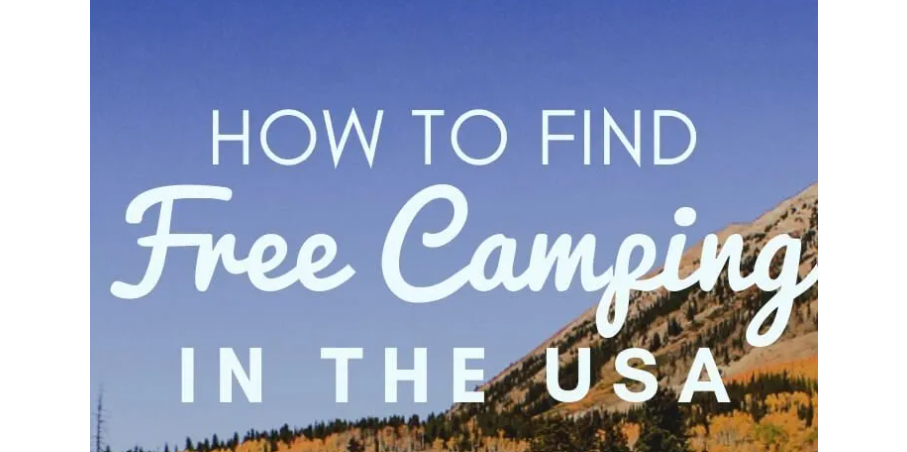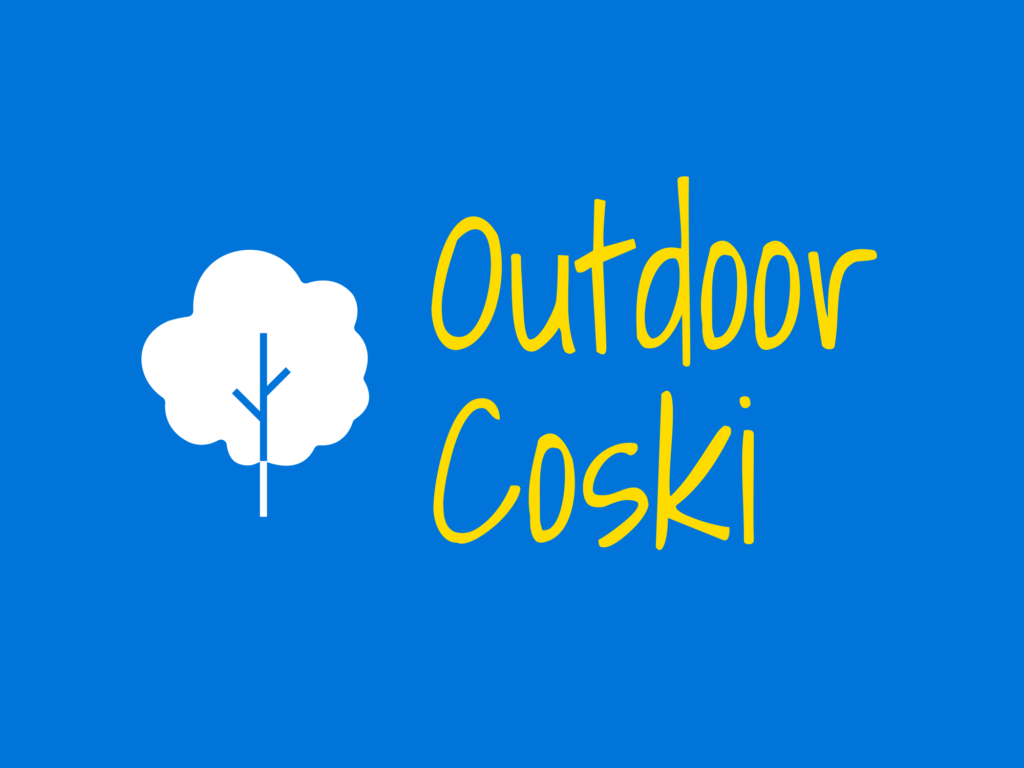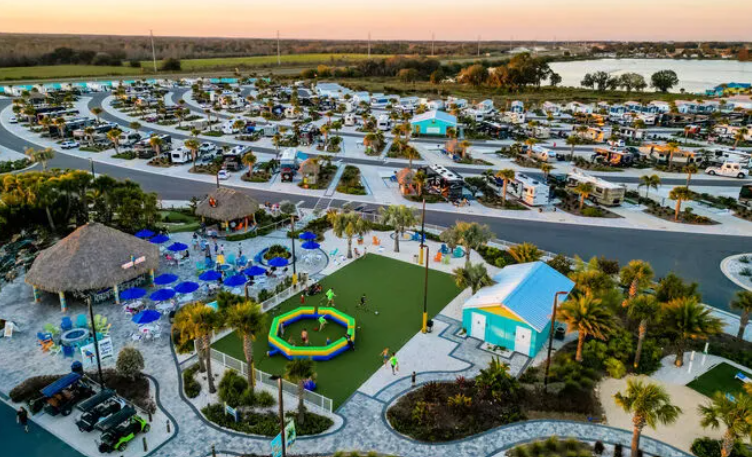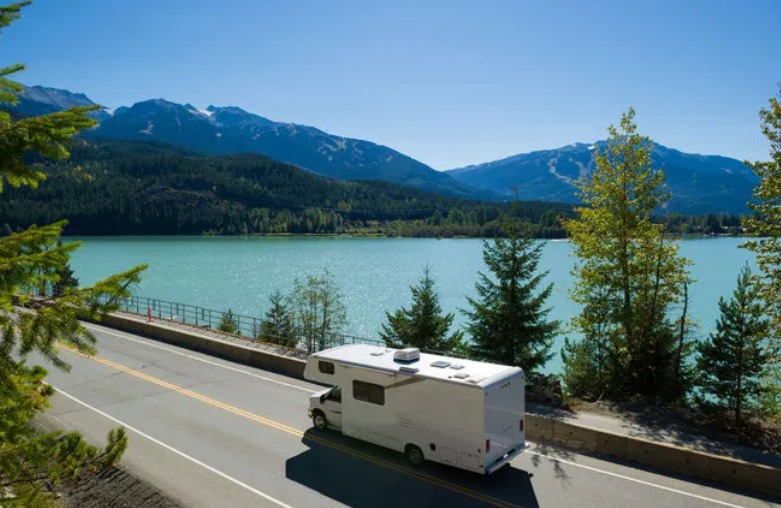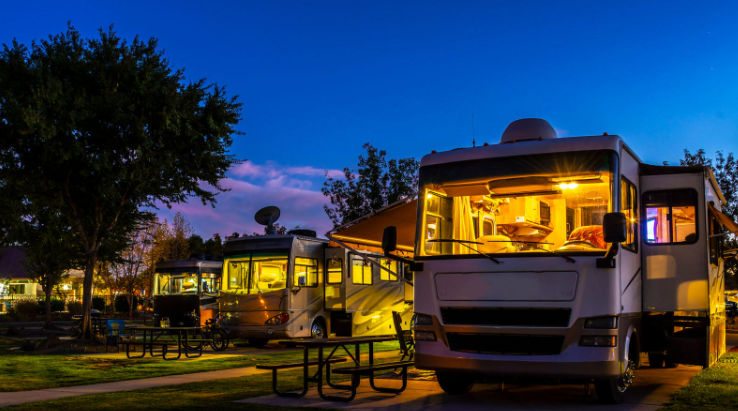Free camping typically involves setting up your campsite outside of developed campgrounds, often on public lands. These areas lack amenities such as restrooms, potable water, and designated fire pits, requiring campers to be self-sufficient and environmentally conscious. The primary types of public lands offering free camping include:
⦁ Bureau of Land Management (BLM) Lands: Predominantly located in the western U.S., BLM lands offer vast areas for dispersed camping.
⦁ National Forests and Grasslands: Managed by the U.S. Forest Service, these areas are scattered throughout the country and often permit dispersed camping.
⦁ State Forests: Managed by state agencies, some state forests allow dispersed camping, though regulations vary by state.
⦁ Wildlife Management Areas (WMAs): These areas may offer free camping, primarily to support activities like hunting and fishing.
How to Find Free Camping Near You
Finding the perfect free campsite requires research and planning. Here’s how you can locate free camping spots near your location:
1. Utilize Online Resources and Maps
⦁ BLM and U.S. Forest Service Websites: These official sites provide detailed information on land boundaries, regulations, and maps. The BLM’s Camping page and the U.S. Forest Service’s Camping page are excellent starting points.
⦁ Interactive Maps: Tools like the Forest Service’s Interactive Visitor Map allow you to identify public lands and their designated uses.
2. Contact Local Ranger Stations
Speaking directly with local rangers can provide you with up-to-date information on:
⦁ Accessible Areas: Not all areas may be open due to seasonal restrictions or conservation efforts.
⦁ Road Conditions: Ensuring your vehicle can safely access the campsite.
⦁ Fire Restrictions: Understanding current fire bans or permit requirements.
3. Explore Mobile Applications
Several apps can assist in finding free campsites:
⦁ FreeRoam: Offers a map of free campsites and includes user reviews.
⦁ Campendium: Lists free and paid campsites with community reviews and photos.
SOURCE LINK : Recreation.gov
Regulations and Best Practices
While the prospect of free camping is enticing, it’s essential to adhere to regulations and practice responsible camping to preserve these natural areas.
General Guidelines
⦁ Stay Limits: Many public lands impose a stay limit, typically 14 days within a 28-day period. This policy helps prevent overuse of a single area.
⦁ Campsite Selection: Use existing sites when possible to minimize environmental impact. Avoid creating new clearings or disturbing vegetation.
⦁ Distance from Water Sources: Camp at least 200 feet away from lakes, streams, and other water bodies to protect riparian areas and wildlife access.
Leave No Trace Principles
Practicing Leave No Trace principles ensures that natural areas remain pristine for future visitors:
1. Plan Ahead and Prepare: Research the area, understand regulations, and prepare for weather conditions.
2. Travel and Camp on Durable Surfaces: Stick to established trails and campsites to minimize erosion and habitat disruption.
3. Dispose of Waste Properly: Pack out all trash, leftover food, and litter. For human waste, dig a cathole 6-8 inches deep at least 200 feet from water sources.
4. Leave What You Find: Preserve the past by leaving rocks, plants, and historical artifacts as you find them.
5. Minimize Campfire Impact: Use a camp stove for cooking. If fires are permitted, use established fire rings, keep fires small, and ensure they are completely extinguished before leaving.
6. Respect Wildlife: Observe animals from a distance, do not feed them, and store food securely.
7. Be Considerate of Other Visitors: Maintain a low noise level and respect the experience of fellow outdoor enthusiasts.
For more detailed information, refer to the Leave No Trace Center for Outdoor Ethics.

Safety Considerations
Ensuring safety during your camping trip involves preparation and awareness:
⦁ Inform Others of Your Plans: Let someone know your itinerary and expected return date.
⦁ Check Weather Forecasts: Be prepared for sudden changes in weather conditions.
⦁ Carry Necessary Supplies: Bring sufficient water, food, first-aid supplies, and navigation tools.
⦁ Wildlife Awareness: Know what wildlife inhabits the area and store food properly to avoid attracting animals.
Conclusion
Free camping on public lands offers an enriching way to experience the natural beauty of the United States. By utilizing official resources, adhering to regulations, and practicing responsible camping, you can enjoy a memorable and sustainable outdoor adventure. Always remember to respect the land, wildlife, and fellow visitors to ensure these areas remain accessible and pristine for generations to come.
Frequently Asked Questions (FAQs)
1. Is free camping legal in all states in the US?
Free camping is generally legal on public lands managed by the BLM, U.S. Forest Service, and some state agencies. However, specific rules and stay limits vary by state and region, so always check with local authorities.
2. How do I know if I’m on public land?
Use interactive maps from the BLM or U.S. Forest Service websites, or mobile apps like FreeRoam and Campendium. Local ranger stations can also provide maps and advice.
3. Are there any risks with free camping?
Risks can include wildlife encounters, extreme weather, and lack of amenities. Proper preparation, staying informed, and following safety guidelines can mitigate these risks.
4. Can I have a campfire while free camping?
It depends on current fire regulations. Some areas may have fire bans during dry seasons. Always use established fire rings and follow Leave No Trace principles.
5. How long can I stay at a free campsite?
Most public lands have a 14-day limit within a 28-day period, but this can vary. Confirm the rules with local authorities or on official websites.
6. Are there any apps to help find free campsites?
Yes! Popular apps include FreeRoam, Campendium, and iOverlander, offering maps, user reviews, and location details for free camping spots.
